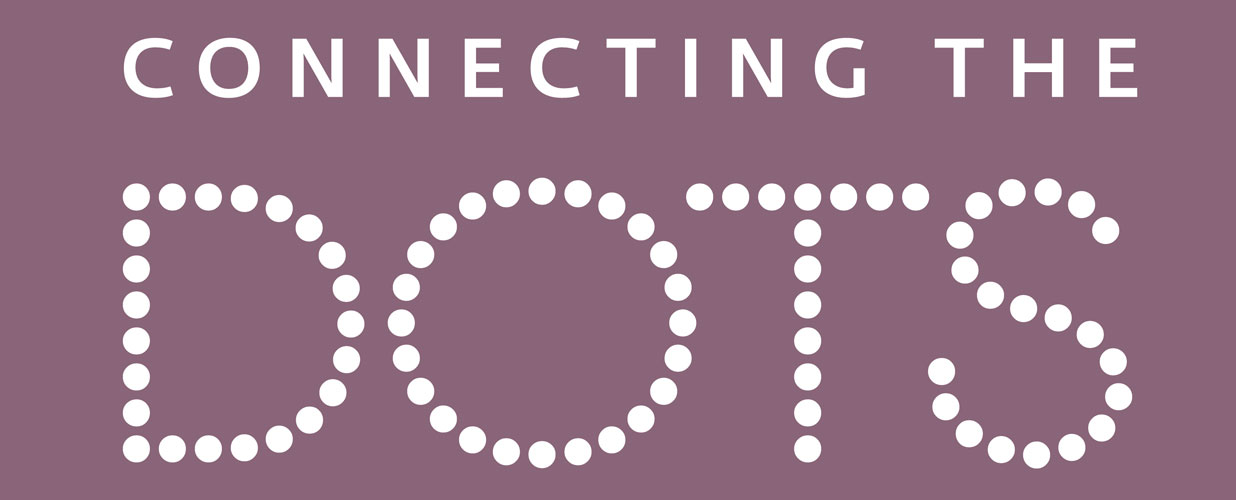SEO Friendly Web Design
If you have difficulty telling your CTR (click-through rate) from a SERP (search engine result page), then this resource on SEO-friendly web design is just for you. Read on to learn more about the basic principles of search engine optimization, and how giving both the search engines and your users what they want is the key to bringing in more traffic than you’ll know what to do with. Let’s get started!

The Basics of Search Engines
Before we can discuss how to optimize a website for a search engine, we need to understand a few key concepts about how these complicated machines work.
Take Google, for instance. It has a specialised piece of software known as a web spider which can “crawl” the web. In other words, it can navigate through link elements on the page to reach other pages / websites. This process is the foundation of all modern search engines.
As Googlebot traverses the web, it finds pages on different domains. The way that these domains link to each other and within themselves allows Google to construct a map of the Internet. Thus, both content and links are incredibly important.
Optimized content allows Google to clearly understand the exact topics and information contained on your webpages. The interrelation between content (what we like to call “relevance”) and links (which act as indicators of “authority”) are what ultimately drive your presence in the search engine results.
Making Your Web Content Indexable for Google
Indexing is the process whereby Google lists your website’s pages in the results pages after users enter a search query. The key thing to keep in mind here is that Google can only read text – that is, content which is kept within HTML. Other formats, including images and Flash, are significantly more difficult for Google to read. Here are the rules of indexation any good design should follow:
- Use alt text for images: Alt text helps Google to understand what an image is all about.
- Ensure that all textual content is in plain HTML rather than in images or Flash.
- If using AJAX or other dynamic loading mechanisms, ensure that the site utilizes graceful degradation.
Tip: To see what Google sees, find your web page in the search results and click on the arrow next to the website address, then click on ‘Cached’. Google’s cache is basically short term memory wherein it keeps a copy of your page without JavaScript, Flash, and other assets.

Connect the Dots with Good Internal Linking
As we mentioned in the introduction, Google crawls the web via links. Think of links as highways on which Googlebot can travel. If you want Google to visit all of the pages on your site, you’re going to need to make sure that it can reach them with links.
The ideal way to ensure good linking is to take advantage of a clean information architecture which logically groups the hierarchy of different topics for your site. If visitors can find the pages, then you know that Google probably can too – except for a few specific cases.
Things to avoid with internal links:
- Don’t display links with JavaScript
- Don’t put too many links on one page (thousands) – Google won’t crawl them all
- For main navigation elements, ensure that they are in clean HTML and CSS – not JavaScript or Flash (or any other technology besides plain old HTML)
Keys to the Kingdom: Keywords
One of the most important elements of any good SEO strategy is keyword selection. Keywords are the search terms by which a search engine identifies a piece of content. For instance, if you want to rank for “dog groomer in {city},” you’re going to need to include relevant terms in the content of your site.
For example, you might make the Title Tag of your page “Certified Professional {City} Dog Groomers.” This title would indicate to search engines that your page has something to do with dog grooming in {city}. Other places to include terms related to dog grooming might be in the meta description (though this doesn’t directly play a role in rankings), headings, and the URL path itself.
Choosing keywords involves conducting keyword research. Many tools exist- including one from Google itself, Google Keyword Planner – which will give you the monthly search volumes for a specific query. Additionally, these tools can also help you to generate keyword ideas and corresponding volumes.
However, it’s important that you don’t overuse keywords – this practice is known as keyword stuffing, and has been penalized by Google in the past. So, write content as you would normally for visitors – just be sure to indicate to search engines what the topic is, based on the research you conducted.
Here are a few more guidelines to follow when it comes to keywords in site content:
- Locate your most important keyword toward the top of the page – “above the fold.”
- Use it a couple of times throughout the body content on the page.
- Use it in the alt text of images.
- Use it at least once in both the URL and meta description – along with the title and any relevant headings.

Meta Data: Telling Search Engines about the Information on Your Pages
Metadata describes data. In other words, it helps you to tell search engines what exactly is on the page. Here are a few of the most important kinds of metadata that you can use to help Google understand your pages:
- Meta descriptions: These content blocks are displayed in the search engine result pages (SERPs). They don’t directly influence ranking positions, but they do play a role in click-through rates (CTR).
- Meta robots: If you need to tell crawlers to do something special with a particular page, these tags are your tool of choice. You can use them to tell Google and other search engines not to index or crawl specific pages, among other actions.
- Schema markup: Schema code allows you to activate “rich snippets” for your pages – these snippets include elements like review stars, sitelinks, info boxes, and more.
- Canonical tags: If you have two URLs on your site which both point to the same exact content, you’ll want to indicate to Google which one is the ideal version which should be listed in the search results. For example: http://mysite.com/pageA vs. http://mysite.com/pageA?someparamter=2. The latter page would have a canonical tag pointing to the clean URL, thus indicating to Google that http://mysite.com/pageA should be listed in the index.
The Importance of Clean URL Structures
URLs also play an important role when it comes to determining relevance for a given search query. Clean URLs help search engines to identify relevant content as well as navigate through your information architecture in an orderly and efficient fashion.
Important URL Guidelines:
- Avoid using parameters or query strings
- Keep them short and simple – KISS (keep it simple, silly!)
- Use hyphens to separate the individual words – not spaces or underscores
Concluding Notes
We hope you enjoyed reading this thorough primer on search engine optimization. Affordable website design shouldn’t cut corners – especially with SEO. After all, the harmony between form and function is the essence of good design and SEO.



